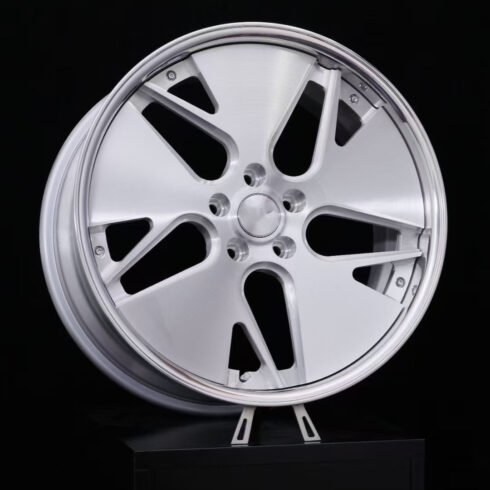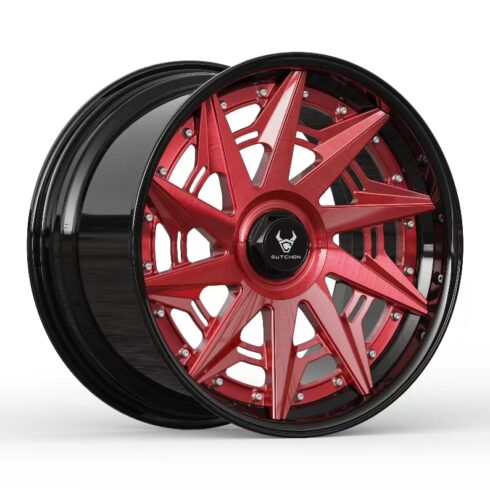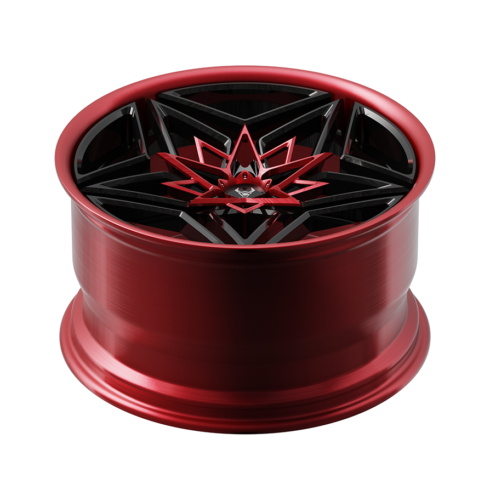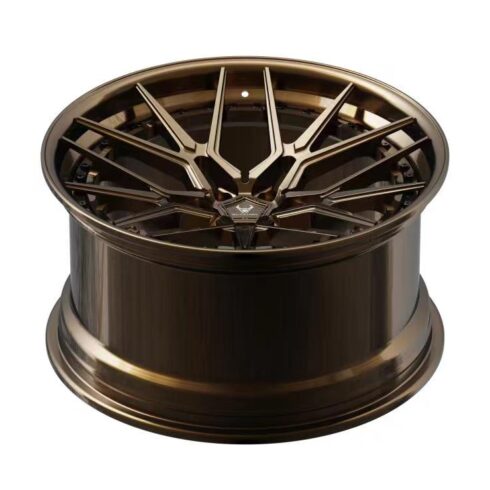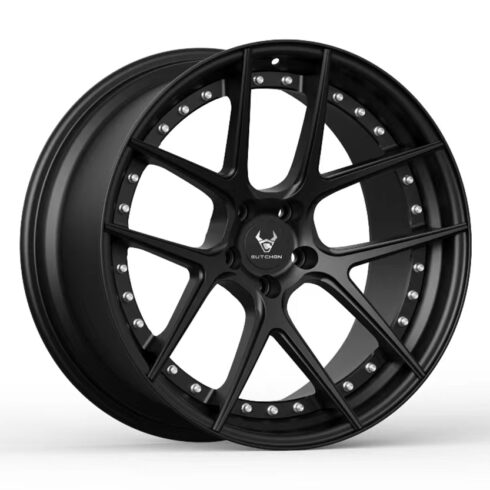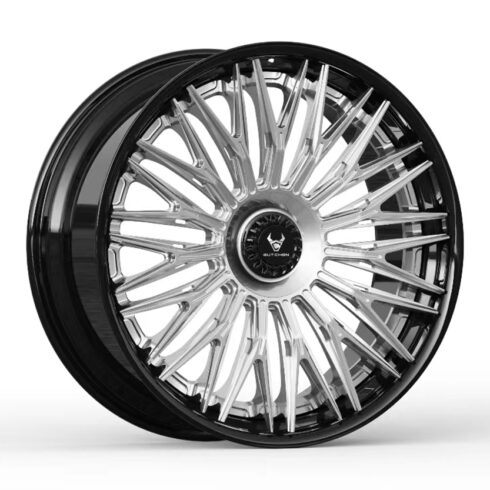Ruote forgiate in 2 pezzi
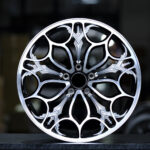
2 pieces forging refers to a type of wheel known as a two-piece wheel. Forged wheels can be divided into one-piece, two-piece, and three-piece designs, which differ in their manufacturing processes. A one-piece wheel refers to a wheel that is a single unit, while a two-piece wheel consists of a wheel rim and a wheel face. In the case of a two-piece wheel, high-strength bolts are used for assembly and fixation. 2 pieces forging allows the wheel to be divided into two colors, making the manufacturing process more complex. The wheel rim portion can be shared and different styles of center discs can be easily replaced to change the appearance. By combining different sizes of wheel rims and wheel faces, various wheel specifications can be matched and provided for car owners looking for personalized options.
The characteristics of a two-piece wheel are as follows:
The center disc can be easily replaced to change the appearance of the wheel. This allows more flexibility in wheel styles and visual changes at a lower cost. Wheels are like fashionable shoes for cars. Two-piece wheels provide a cost-effective choice for car owners pursuing fashion and individuality.
Two-piece wheels allow easy two-color combinations between the wheel rim and the center disc. The visual impact of color coordination is impressive, and the aesthetic value is outstanding.
Two-piece wheels are only suitable for sizes of 19 inches and above due to structural limitations. Manufacturing difficulties and processing costs for wheels are high. Therefore, two-piece wheels belong to the mid to high-end product range and are relatively expensive.
Two-piece wheels have separate production of the wheel rim and center disc. This provides structural convenience for lightweighting and improved wheel safety. It also offers possibilities for energy efficiency in automobiles, particularly in extending the range of electric vehicles.
- 1
- 2

